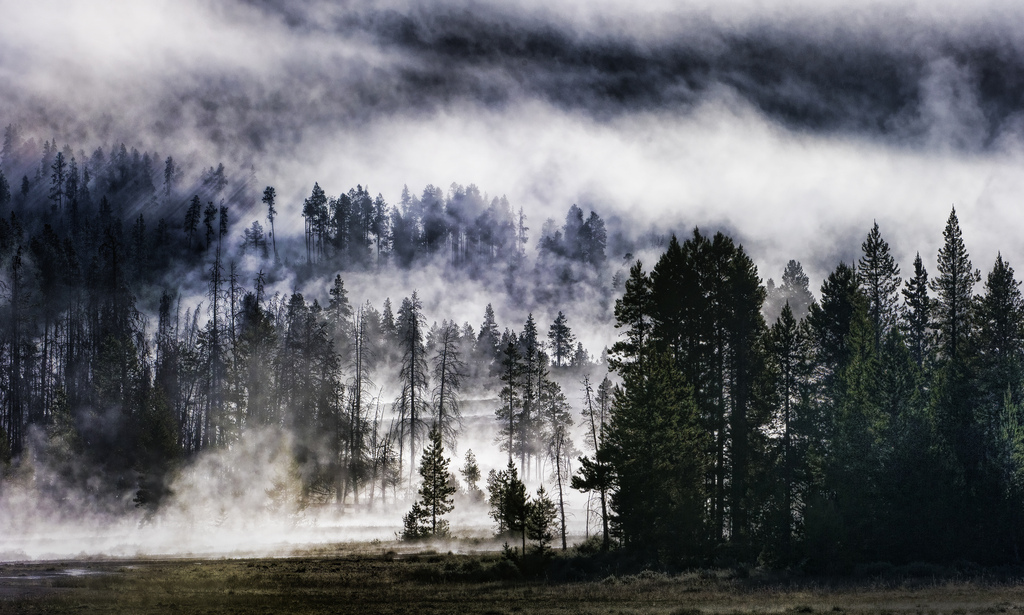Earth’s gynecologists — er, a group of scientists — took a sonogram of Yellowstone National Park’s pregnant belly and announced yesterday in the journal Science: We’re having twins!
This isn’t entirely new information, however. Scientists actually already knew about one of those babies — a 2,400 cubic-mile pocket of magma about six miles below the park’s surface. The other, however — a deeper pocket about 4.5 times larger than the first — appeared unannounced, like a surprise birthday dessert at Chili’s.
A giant pocket of surprise magma might sound scary, but it’s actually not that bad. The larger pocket of magma doesn’t increase the chances of the Yellowstone supervolcano erupting, which hasn’t happened in about 640,000 years. It just means that if an eruption does occur, it could be way more intense — which is, granted, not the best news. But don’t worry: According to the U.S. Geological Survey, there’s about a 0.00014% chance that Yellowstone will erupt again. (If you must worry: The USGS also says that “catastrophic geologic events are neither regular nor predictable.”)
Discovering this secret magma pocket took 80 seismometers, which should put your last ultrasound into perspective. Seismic waves from earthquakes travel slower through liquid than through rock, so by monitoring these waves, scientists can differentiate magma from solid earth without having to directly measure anything. This technique isn’t new, but the scientists behind this study used a combination of seismometers that monitor distant earthquakes and ones that monitor local earthquakes, and the combination of the two was what enabled them to capture that in-between spot where this pocket was hiding.
So congratulations on the surprise twin, Yellowstone! Now, please never give birth.



